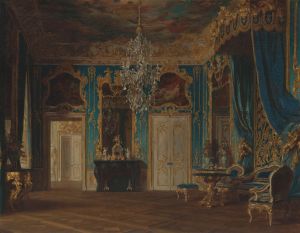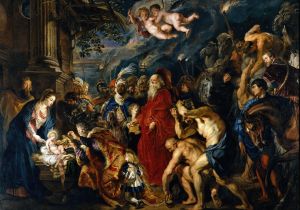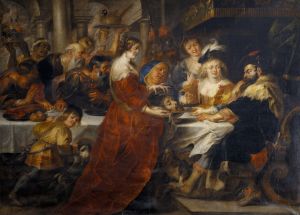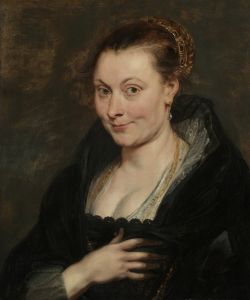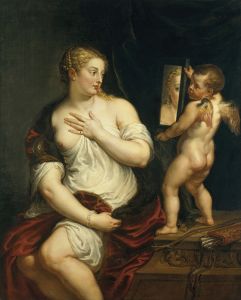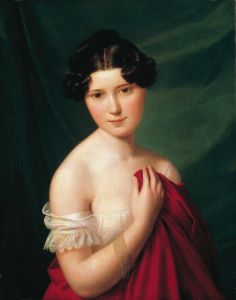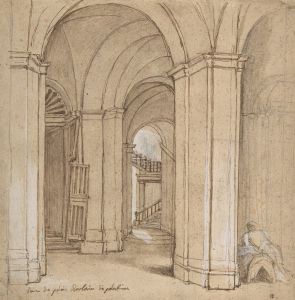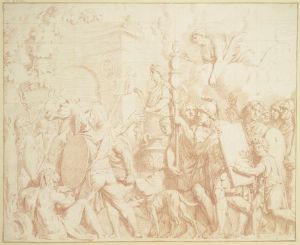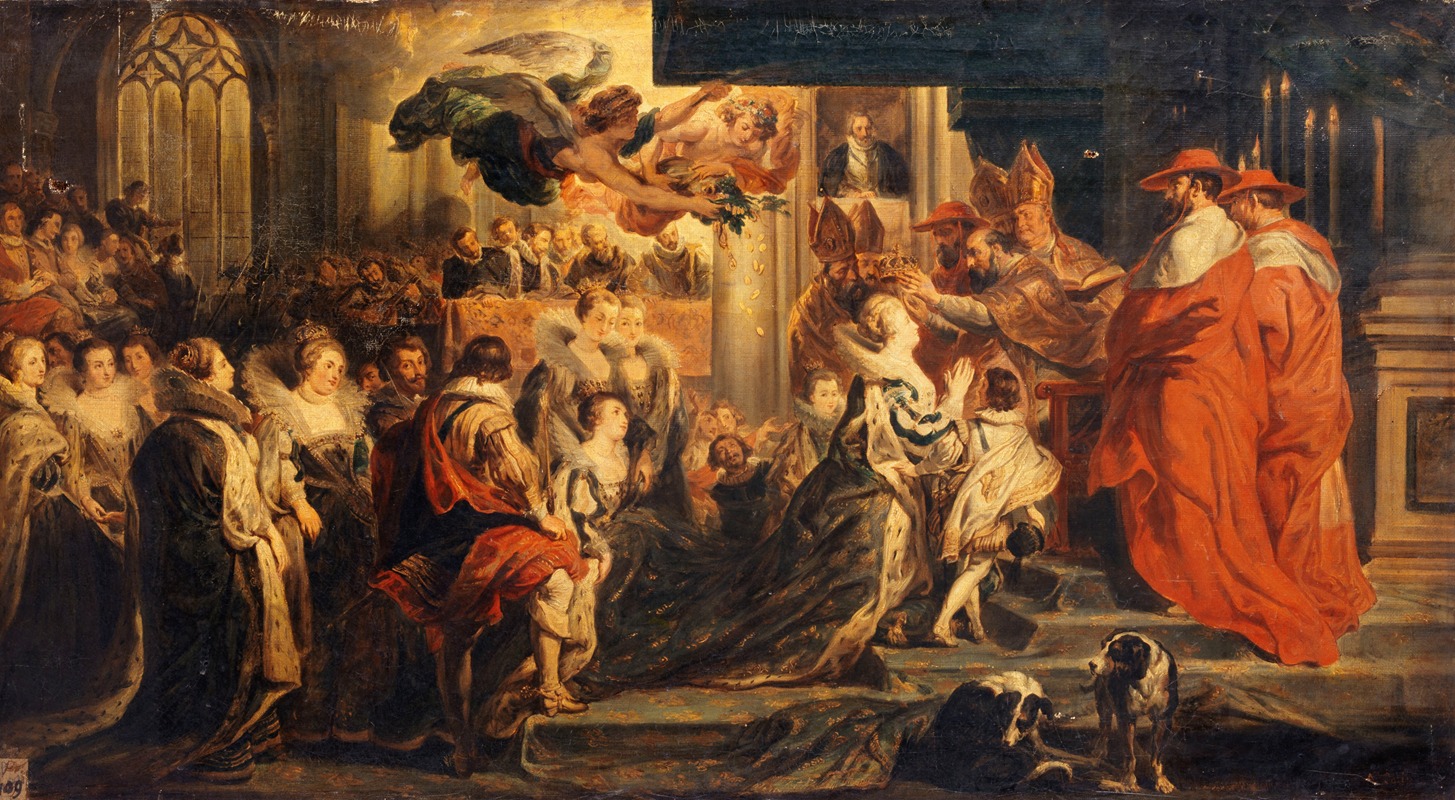
The Coronation of Marie de Médicis, May 13, 1610
A hand-painted replica of Peter Paul Rubens’s masterpiece The Coronation of Marie de Médicis, May 13, 1610, meticulously crafted by professional artists to capture the true essence of the original. Each piece is created with museum-quality canvas and rare mineral pigments, carefully painted by experienced artists with delicate brushstrokes and rich, layered colors to perfectly recreate the texture of the original artwork. Unlike machine-printed reproductions, this hand-painted version brings the painting to life, infused with the artist’s emotions and skill in every stroke. Whether for personal collection or home decoration, it instantly elevates the artistic atmosphere of any space.
The Coronation of Marie de Médicis, May 13, 1610 is a monumental painting by the Flemish Baroque artist Peter Paul Rubens. It is part of a larger series of 24 paintings commissioned by Marie de Médicis, the queen consort of King Henry IV of France, to commemorate and glorify her life and reign. This series, known as the Marie de Médicis Cycle, was completed between 1622 and 1625 and is housed in the Louvre Museum in Paris.
The painting depicts the coronation ceremony of Marie de Médicis, which took place on May 13, 1610, at the Basilica of Saint-Denis, just outside Paris. This event was a significant moment in her life, as it symbolized her formal investiture as queen of France. The coronation occurred only one day before the assassination of her husband, King Henry IV, on May 14, 1610, which thrust Marie into the role of regent for their young son, Louis XIII.
Rubens' work is characterized by its grand scale, dynamic composition, and rich use of color, all of which are evident in this painting. The scene is imbued with a sense of drama and pageantry, reflecting the importance of the occasion. Rubens incorporates allegorical and symbolic elements, a hallmark of his style, to elevate the historical event to a level of divine significance. Figures such as angels and personifications of virtues are often included in his works to emphasize the legitimacy and sanctity of the subject's power.
The Marie de Médicis Cycle was commissioned for the Luxembourg Palace in Paris, which was Marie's residence after her regency. Rubens was given considerable creative freedom in designing the series, and he combined historical accuracy with allegorical embellishments to create a narrative that celebrated Marie's political and personal achievements.
While the painting captures the grandeur of the coronation, it also serves as a piece of political propaganda, reinforcing Marie's authority and divine right to rule. The series as a whole was intended to solidify her legacy and assert her position in a turbulent period of French history.
Today, The Coronation of Marie de Médicis, May 13, 1610 is recognized as a masterpiece of Baroque art and a testament to Rubens' skill in blending history and allegory. It remains an important cultural artifact, offering insight into the political and artistic climate of early 17th-century Europe.






